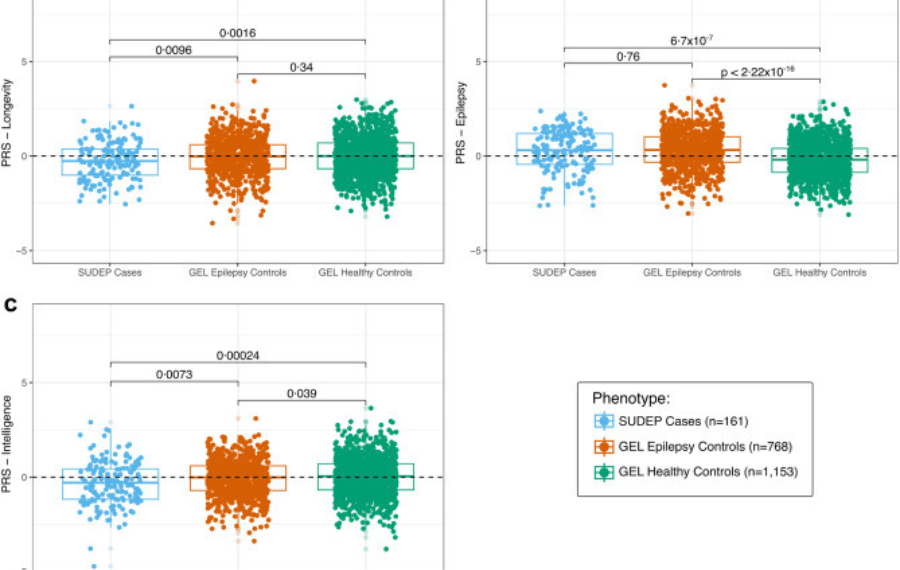Incidence of Sudden Unexpected Death in Epilepsy in Children is Similar to Adults
June 8, 2018
Objective: To determine the incidence of sudden unexpected death in epilepsy (SUDEP) in children in Ontario, Canada.
Methods: Cases of suspected pediatric SUDEP occurring between January 1, 2014, and December 31, 2015, in Ontario, Canada, were eligible for inclusion. Potential cases were identified through 3 sources: a national pediatrician surveillance program, child neurologist report, and screening of provincial forensic autopsies. Cases were classified as definite, definite plus, probable, possible, and near/near plus according to criteria described by Nashef et al. (Epilepsia 2012).
Overall crude pediatric SUDEP incidence and the incidence of definite or probable pediatric SUDEP were calculated using estimates of the prevalence of pediatric epilepsy in Canada drawn from government survey data and the number of children living in Ontario. Capture-recapture analysis was used to estimate the number of missing cases and determine an adjusted definite/probable SUDEP incidence.
Results: Seventeen cases of pediatric SUDEP resulted in an overall incidence of 1.17 (95% confidence interval 0.68–1.88) per 1,000 pediatric epilepsy person-years. The definite/probable incidence, including definite (n = 11), definite plus (n = 2), or probable (n = 3) SUDEP cases, was 1.11 (0.63–1.79). Capture-recapture analysis indicated an estimated 21 (16–39) definite/probable SUDEP cases occurred during the study period, giving an adjusted incidence of definite/probable SUDEP of 1.45 (0.90–2.22) per 1,000 pediatric epilepsy person-years.
Conclusion: SUDEP may be more common in children than widely reported, with the incidence rate of definite/probable SUDEP in children being similar to rates reported in adults.








